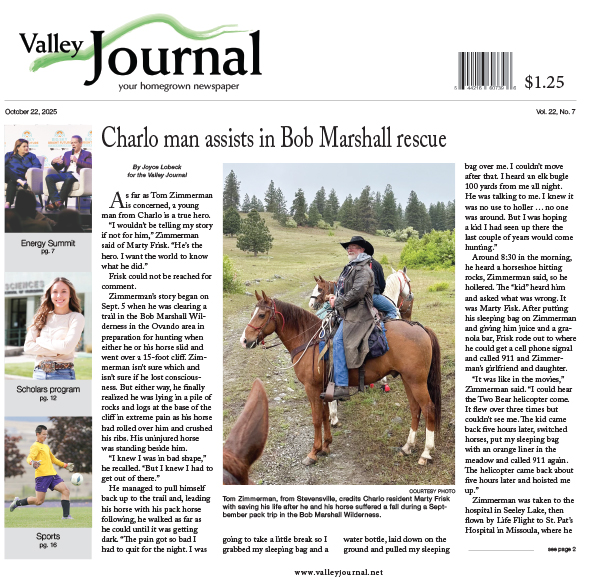- Home >
- News >
- Local News >
- Government
Tribal council funds programs for kids, approves opioid policy
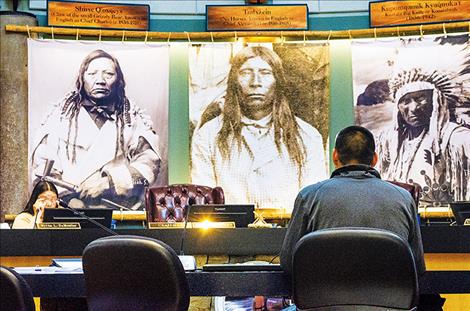
Karen Peterson
Brandon Burke, program manager for the Reason to Live Native suicide prevention program, thanks the Confederated Salish and Kootenai Tribes for providing four $30,000 grants for programs to support children across the Flathead Indian Reservation.
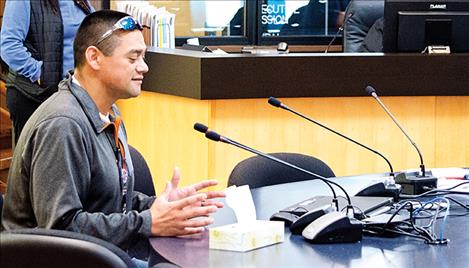
Karen Peterson
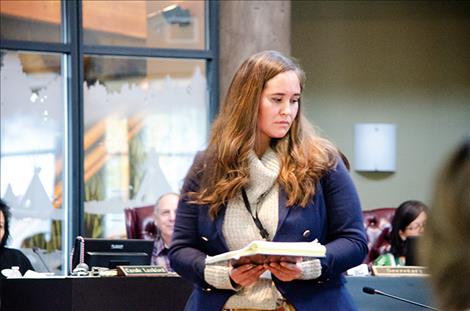
Karen Peterson
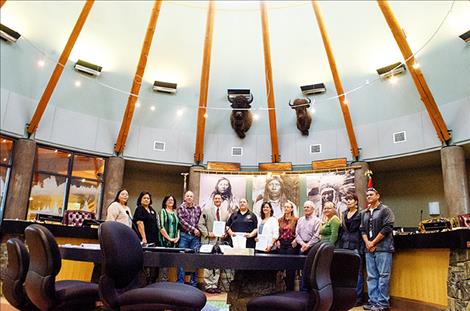
Karen Peterson
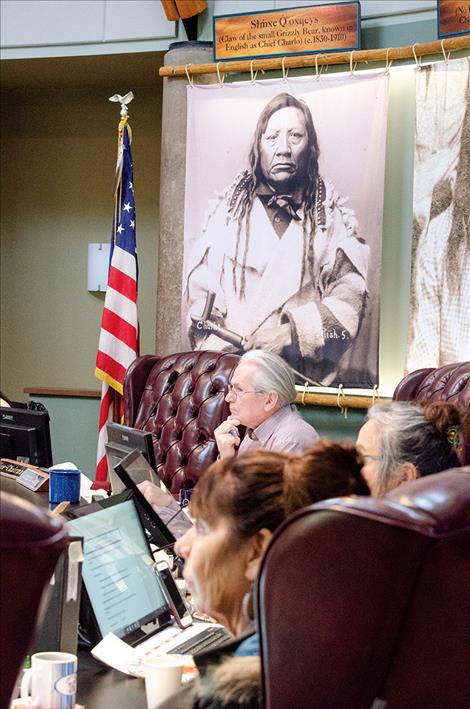
Karen Peterson
Issue Date: 11/7/2018
Last Updated: 11/6/2018 5:45:57 PM |
By
Karen Greene
Keep Reading!
You’ve reached the limit of 3 free articles - but don’t let that stop you.















